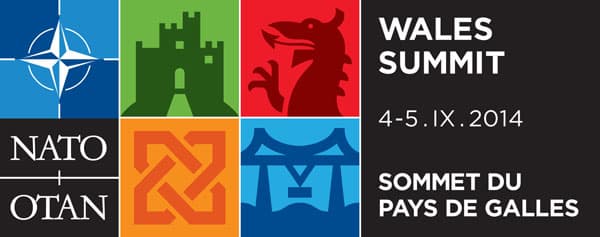
During the Cold War, NATO was conceived in terms of fronts and borders. It had only one front, the central one facing the Soviet menace, but also flanks, such as its southern edge, of which Spain formed part even before it joined the Alliance. In the present day NATO has neither fronts, although some would like to recreate one facing Putin’s Russia, nor flanks, but is subject to risks and threats. We shall see if they are recognised as such –ie, if there will be operational consequences– at the Summit to be held in Wales on Thursday and Friday.
As for borders, NATO still has them, as set out in Article 5 (collective defence) of the Washington Treaty. With certain exceptions (such as Ceuta and Melilla), its borders are those of its Member States, with no real enlargement of membership being contemplated, despite veiled invitations in the past to Georgia and the Ukraine. But contrary to the Cold War period, NATO now has no forward defence. The US and its allies agreed with Russia in the NATO-Russia Founding Act of 1997 to refrain from deploying combat troops on a permanent basis in the territories of the former Warsaw Pact countries that had now become the Alliance’s new members, as long as circumstances remain unchanged. Angela Merkel apparently wishes to maintain this commitment, although it is now being subject to a double reappraisal, involving temporary deployments and the advance location of weapons, ammunition and food rations for troops and equipment that can be sent to Poland or elsewhere in the event of a threat or conflict. The root cause is the recent developments in Russia and the Ukraine, which are beyond the scope of Article 5. Rather than devising a new and hard-to-define deterrent, the idea is to reassure the Alliance members who are beginning to feel the Russian bear’s breath down their necks. But this is not a new Cold War, although the interpretation of Article 5 could be extended to cover terrorism, cyber attacks or missile defence.
NATO is moving on from a confusing experience in Afghanistan, the longest and most distant –out of area– war it has ever fought and whose actual results remain to be seen once allied combat troops have departed and the expectant Taliban decide on whether to act. A Taliban resurgence –with some resemblance to events in Iraq– cannot be ruled out. The Middle East –or, more broadly, the Levant– is one of the sources of risks and threats to Europe and NATO, against which the US has asked for support from its allies but not yet from the Alliance as such. The South –North Africa and sub-Saharan Africa– is another source, with Libya and Mali being cases in point. All are asymmetric threats, of which the primary one is the jihadist menace, whether in the form of terrorism or even of something more like the Islamic State (EI) in Iraq and Syria, which has morphed from a terrorist group into an insurgent army. The threat now goes far beyond the local and makes it difficult to update the concept of deterrence. NATO’s out-of-area role in response to these events is as yet unknown.
A third vector for NATO is the more traditional Eastern axis, although it is not actually a threat to the Alliance’s territory as such but rather to its vicinity and, especially, to the European order. It is not a case of fronts and flanks: in the Ukraine there is what is now called a ‘hybrid war’, for which there is no certainty that NATO has been neither conceived nor prepared for. None of these vectors is a matter of collective defence, but, at least so far, of crisis management, even if that might mean using military force. And recent Western interventions (Iraq, Afghanistan, Libya and Mali) have not been exactly exemplary. These three vectors –plus Asia, to which the US attaches a particular interest– require a new and different military and political concept, but for that to happen NATO would have to be reinvented and regionalised, even if only as an element of support for actions undertaken by coalitions of Member States. More than a summit will be needed for all this, but Wales could represent a turning point.
Aside from these vectors, NATO now has more partnerships. It is no longer an alliance of only Member States but is also associated with the EU, Japan and Australia, among others, as a side-effect of its experiences in Afghanistan. There could also be a Mediterranean partnership. Perhaps Spain, the country for whom the Southern vector is of greatest interest, might lead it? Nevertheless, its currently low level of military expenditure and capabilities mean that it might be upstaged by France, which has greater resources and would surely aspire to lead it.
NATO can choose between building either bridges or borders, but it cannot ignore the vectors. Does it know what it wants? Does it want what it knows? Do its members, who have been cutting their military expenditure as a result of the crisis, know what they want, even if they agree on calling for an increase? And, above all, does the US, the main ally and NATO leader, know what it wants, now that it is starting to have too much in hand? The first answer should be provided in Wales, although the summit is more likely to be a new departure rather than the point of arrival for a NATO that is in need of getting up to date if it means to serve the needs of the West.


